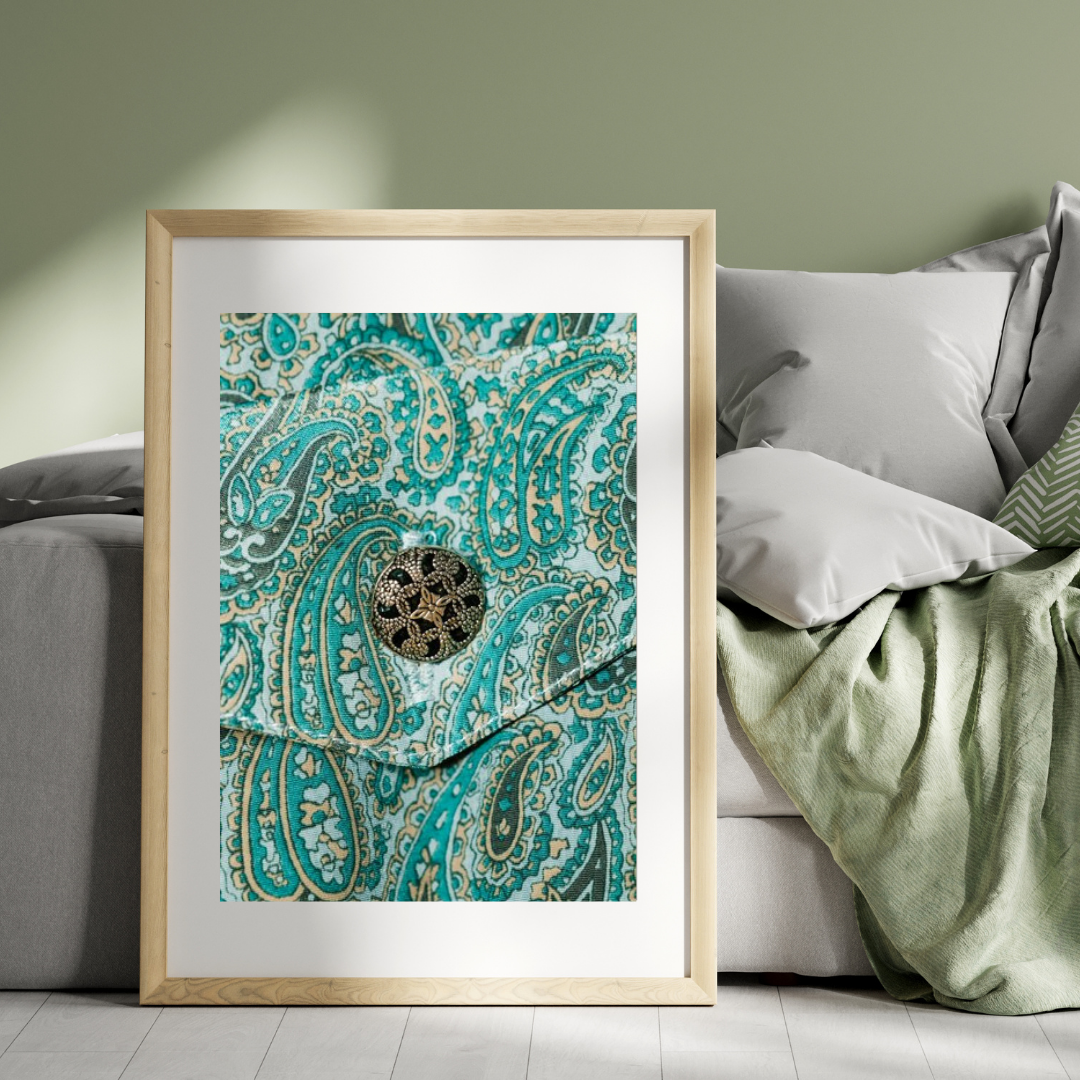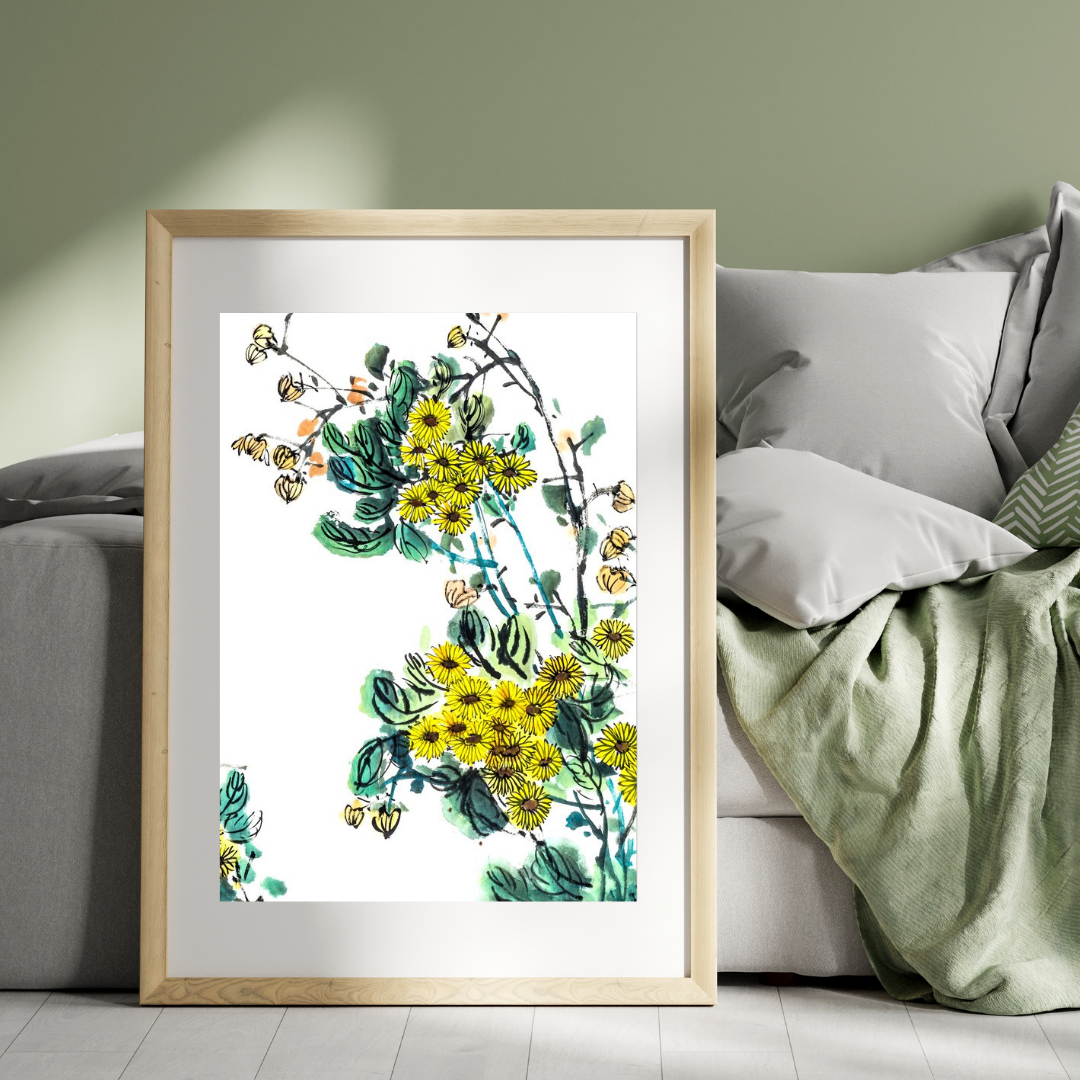ARTFORMS

TANJORE PAINTING
Tanjore painting, a renowned art form originating from the town of Thanjavur in Tamil Nadu, India, is celebrated for its rich colours, surface richness, and compact composition. This traditional art, with its roots tracing back to the Chola dynasty, beautifully combines vibrant hues with intricate detailing, often depicting Hindu deities adorned with delicate gold foil and vibrant gemstones that shimmer under light. The paintings are typically crafted on wood or cloth, using a gesso technique that adds depth and dimension, creating a three-dimensional effect. These masterpieces not only capture the divine and mythical but also reflect the cultural and spiritual essence of South India.

PICHWAI
Pichwai paintings are intricate and vibrant artworks originating from Nathdwara, Rajasthan, over 400 years ago, primarily designed to adorn temple walls dedicated to Shrinathji, a form of Lord Krishna. These paintings depict various scenes from Krishna's life and celebrations, characterized by their detailed and precise artistry. Traditionally crafted using natural colors from minerals and vegetables on cloth or paper, Pichwai paintings hold significant religious symbolism, with elements like lotuses often representing purity.

RATAN PAINTINGS
Ratan paintings, often confused with Pichwai, are a traditional form of Indian folk art that originated in Rajasthan. These paintings are known for their vibrant colors, intricate designs, and detailed depiction of religious themes and motifs, particularly those related to Hindu deities and mythology. They typically feature scenes from the life of Lord Krishna, much like Pichwai paintings, but are distinct in their style and execution. The artists use natural colors and materials, applying them with precision to create richly detailed and symbolic imagery. Ratan paintings not only serve a decorative purpose but also play a significant role in cultural and religious storytelling, preserving age-old traditions and beliefs through their art.
